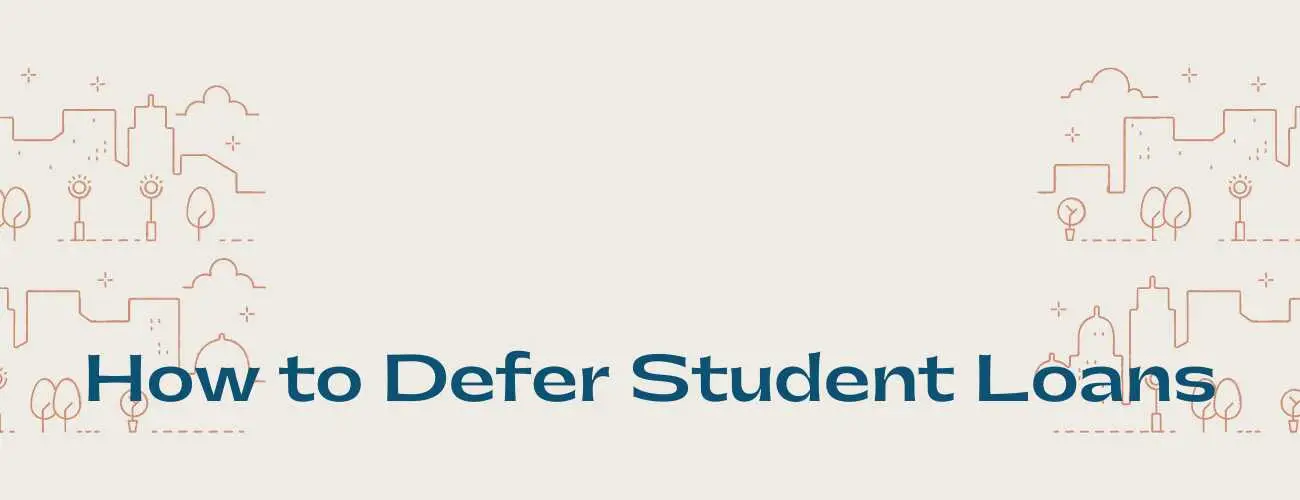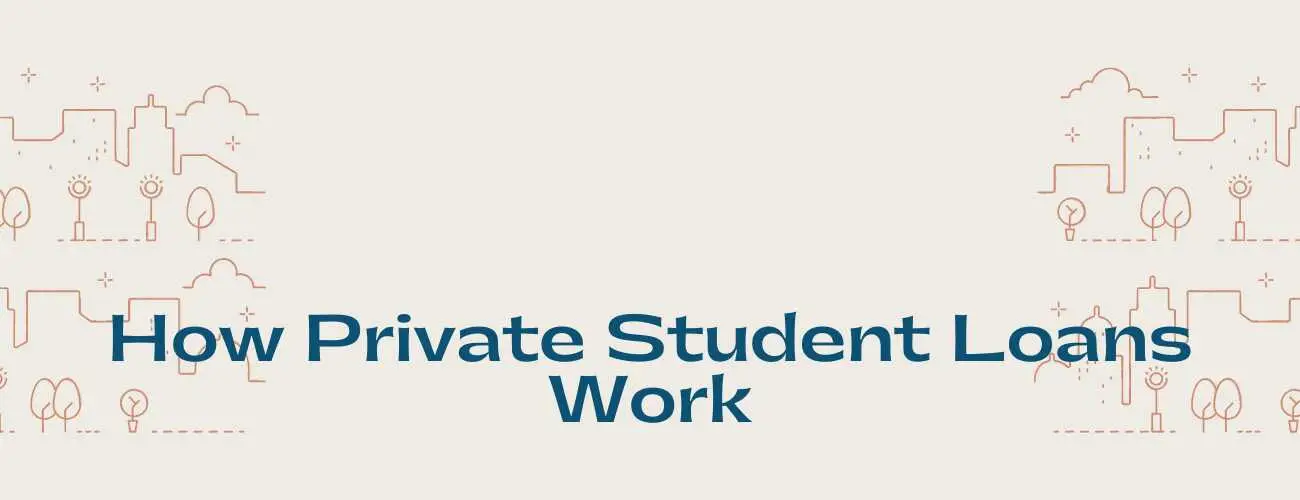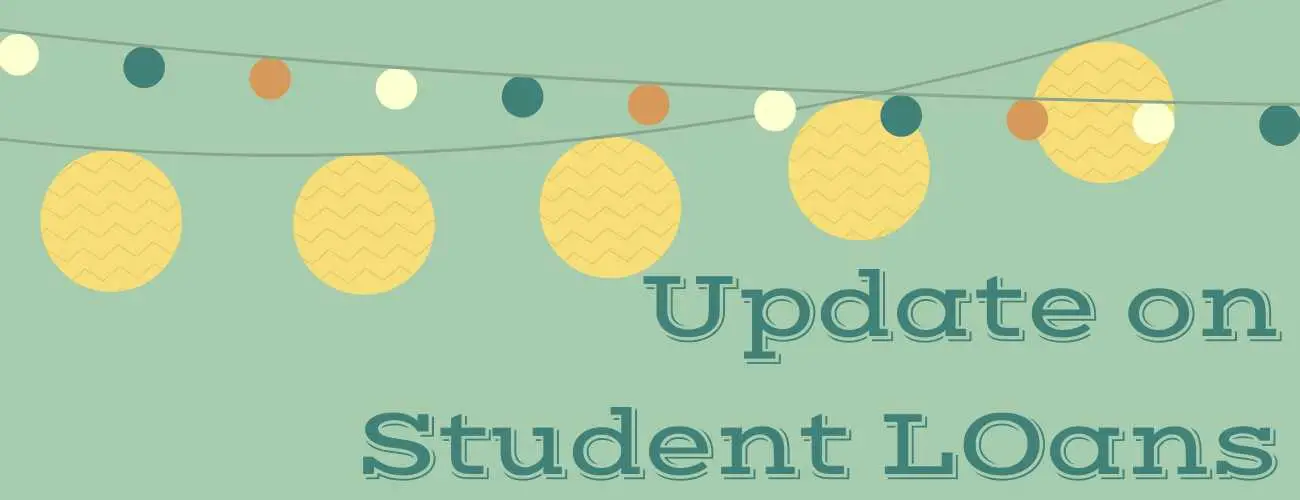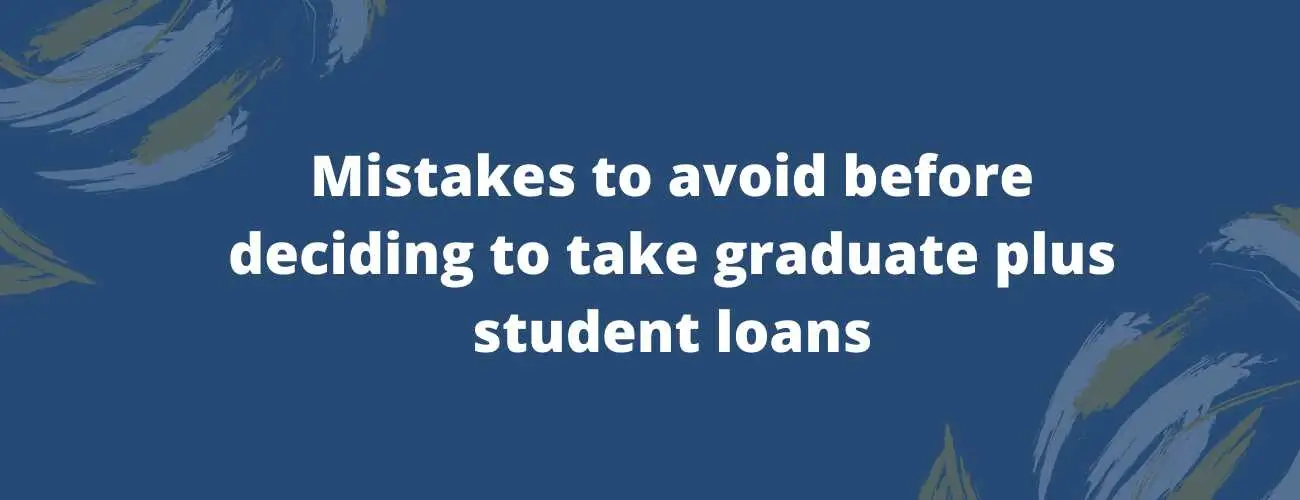Raise Student Loans Review
Raise, a relatively recent private student loan lender provides trustworthy and appreciable services. Read about reviews to know if they are rewarding.
Updated by Theres Ann on 28th September 2020
Raise student loans came up from Cognition Financial founded in 1991 and is a group aimed at widening student access to financing. The company funds loans for itself and also works in a coalition with lenders including SunTrust Bank and Kinecta Credit Union.
The other student loan products include Custom Choice Loan, Graduate Business Loan, Union Federal Private Student Loan, and Kinecta Private Student Loan. Borrowers who only want money wouldn’t know what they are getting into exactly.
The extra cost involved such as textbooks, computers, transportation, housing, lab fees and more can also be included in the Raise Student Loan. Raise insists on having a co-signer if in case you do not have a job or a strong credit history.
Table of contents
- Raise Student Loans Reviews
- Who can apply to Raise student loans
- How to apply
- Raise student loan Grace period
- Cosigner for Grace loans
Raise student loans reviews
The reasons that would prevent borrowers from applying for Raise Loans are given below.
-
Absence of fixed-rate interests – Only variable interest rates are offered by Raise. This is one big risk for those borrowers who can’t afford their interest payments
-
The repayment period is comparatively short term. The longest term that you can get with Raise Loan is 10 years
-
The Raise Loans are available only in 24 states. The firm insists that the cosigner cannot be from Wisconsin
-
No co-signer release is granted. The only possibility to take the cosigner’s name off is to refinance your loan.
-
It also does not have Trustpilot pages.
Though Raise is a small company its parent firm is Cognition Financial. Though the rates are high, the terms are relatively short. Raise student loans can’t be applied more than four months before the first day of school.
Some of the criticisms/benefits that the Raise student loans have faced are given below -
| Pros | Cons |
| The easy underwriting process is one of the biggest benefits of Raise Loans. The whole process of the application happens online and you’ll have to verify if you are approved for a loan | Getting approved for a student loan would be difficult because of the lack of strong credit history. In this case, they would most often have to depend on cosigners to prove their ability to repay the loan |
| The origination fee is changed and this, in turn, reduces the overall cost of your loan | An incredible amount of financial risk is usually taken by a co-signer to support the loan. Thus, there are times when not even the parents of students who are either unwilling or unable to pay the loans |
| Traditional underwriting criteria are used by Raise and no alternative underwriting criteria are used. | Loans from Raise cannot be deferred until the graduation of the student. Thus, it becomes difficult for some borrowers to immediately begin repaying their loans, even though only interest payments are to be made. No principal amount has to be repaid. |
| Raise is also not available in every state. Refinancing your student loan through Raise would hence be difficult. |
Every lender would have a set of drawbacks. People tend to choose lenders whose benefits outpour the drawbacks.
How does Raise Student Loan work?
Student loan programs, funds and originates loans for the Cognition Financial Corporation. After student loans already been applied for federal aid and still came up short, private student loans were redesigned.
Though they can lend any amount between $1,000 and $65,000, it would have to match with their school-certified costs, a lifetime limit of $1,50,000 is offered in student loan borrowing to prevent students from over-borrowing.
The only choice is a variable rate and can go up and down from month to month. The rate of Raise range between 6.074% to 15.075%. This is due to how to Raise calculates the variable rates.
A small fixed rate from 3.95% to 12.95% is assigned as a margin. Variable rates at Raise are capped at 16%. In case you sign up for an autopay, you’ll be entitled to a 0.25% discount on interest.
Modes of Repayment
Immediate repayment and interest-only repayment are two modes of repayment while you are in school. Due to immediate repayment, you’ll be eligible for full loan repayment for 30 to 60 days, after your school gets your funds. In case you decide to go back to your school, you might be able to qualify for deferment or forbearance.
Why choose to Raise student loans?
The reasons why Raise stands out from the rest of the lenders is as given below.
-
There is no application or origination fee – Raise wouldn’t ask you to pay for your Raise Loan application.
-
The presence of a configuration tool to aid borrowers in identifying how their loan works, the interest rate of loans, term of the loan, and loan amount are appreciable.
-
The process of application process takes only 10 to 15 minutes and we also get an immediate response to get approved.
-
By signing up for autopay, you can lower your interest rate by 0.25%.
Borrower protections and favorable repayment options are also granted to the borrowers by federal loans. However, Federal Loans would not just be sufficient to cover the cost of tuition and living expenses. Thus, it becomes necessary for borrowers to consider private student loans. In this situation, Raise Loans will be a good option for you.
Private student loans are granted to creditworthy borrowers, who would need additional help in covering their college costs and the related expenses.
Who can apply to Raise student loans?
Everyone, irrespective of their professions or backgrounds can apply to this program. You should also be attending an eligible college or university for at least half a time. The first section of the application contains a list of eligible schools. You should either be earning or have a co-signer instead.
You should also be able to enter into a contract at the time of application. You should also be able to meet credit and other guidelines at the time of your application.
States in which Raise delivers its service
Any US Citizen who is a permanent resident of Alabama, Arizona, Arkansas, Colorado, California, Florida, Indiana, Georgia, Maryland, Minnesota, Mexico, Missouri, Nebraska, New Hampshire, New Jersey, North Carolina, Ohio, South Carolina, Tennessee, Texas, Washington or West Virginia, and also if you are not a cosigner, but a permanent resident of Wisconsin can apply.
Features of Raise Student Loans
-
The fixed rates of Raise Loans range from 5.33%-15.73%.
-
The loan terms for the same vary from 5, 7, or 10 years and the loan amounts range from $1,000-$65,000.
What makes Raise Student Loans stand out?
-
Raise uses traditional lending criteria to generate a credit score or use a cosigner to apply for the loan.
-
It also promotes a simplified underwriting process.
-
The loan application can be made online and the process only takes nearly 10 minutes. After filling in the basic information you can choose between various loan and related repayment options.
-
Additional information might be sent to confirm your information on the application.
-
Interest rates range between 6.317% and 11.225% APR. The rate of your qualification depends on your credit history and your repayment options.
-
As the rate is variable you should be prepared for the monthly payment amount to vary at times.
-
You can choose to make repayments immediately after taking out the loan or to make interest-only payments while one is at school.
Worried about college fees? Learn about student loans to finance your education
How to apply to Raise student loans?
The steps involved in the application process are given below.
Step 1 - Application submission
Information including name, birth-date, social security number, State issued ID number, Current home address, phone number, email-id, income, and debt payments are to be submitted along with the application.
Additional documentation including documents of tax returns, bank statements, pay stubs, and more can help loan underwriters to verify your income.
Bank statements are also proof of how much you owe and the amount you are paying each month.
Cosigners are also allowed to pay your amount. If you can afford your loans, then your loan will be approved.
Step 2 - Accepting the terms of loans
Once your loan is approved, the time is apt to accept the terms of the loans. A few offers with different repayment terms and interest rates will be offered.
The number of monthly payments should also be mentioned. The offer and its acceptance conditions should be considered. When your loan is accepted, a complete module or a course designed for debt analysis is considered. This offering help to prepare better for the future.
Step 3 - Verification of the loan amounts
After the loan terms are accepted, the amount of the loan is verified with the school. The loan funds will be disbursed, only after the school has certified your loan.
The loan can be canceled before the funds are sent to the school and, hence, you should continuously look for ways to pay your cost.
Rather than giving the money to pay for your school, the funds are directly sent straight to the school. The money received by the school is applied for tuition, fees, and other extra expenses incurred at school. The remaining amount is disbursed to you for expenses including books, room, transportation, and more.
Step 4 - Agreeing on the loan repayment terms
Loan repayment depends on your terms. You also stand a chance to win a few offers with variable repayment terms and interest rates. You should also be informed about your monthly payment. The offer is to be considered and decisions on acceptance should also be considered.
To prevent credit from being impacted, make your payments on time. Lack of high credit score results in higher payments. A good interest rate is a result of good income and good credit.
Raise Student loan Grace period
Grace period means giving a period before making your full payment. This period is between after graduating and getting a job thus gives you a stable period for earning income and then payment. If you are a Raise borrower you have an option of choosing an immediate repayment schedule in which you can start making payments while you’re in school or interest-only repayment in which you can pay only the interest on your loans as long as you are a full-time student in an accredited higher education institution.
In this, once you drop below half-time enrollment, you’ll have six months of a grace period before you have to start making your full payment but If you stay in school for quite five years (60 months), Raise^ might not offer you the complete six months for a grace period.
Looking for more? Find Private student loans that provide you financial aid
Do I need a Co-signer for Raise Student Loan?
To take the student loan by Raise you didn’t require a co-signer but they have minimum credit requirements for applying for the loan but if they think that you are not qualified to form the interest-only payments while you’re in class, they’ll probably require you to require on a cosigner.
A cosigner is a person who agrees to all the same obligation as a borrower like it takes a borrower responsibility of paying on shoulder thus today many lenders provide the co-signer release options thus it’s better to evaluate a lender completely then apply for a loan as cosigning a loan is a huge responsibility.
Student Loan Underwriting versus other loan underwritings
Your collateral is considered with mortgage lenders and the value of your asset limits your loan amount. Though your collateral is considered with mortgage lenders, your loan amount might be limited by the value of your asset.
When a mortgage loan approval is received, the interest rate is received in ways as private student loans. Mortgage payments can be lower in case they make a higher down payment. Sometimes closing costs are to be included in the loan itself.
| Minumum Credit Score | Apply in as little as | Variable APR | Fixed APR | ||
|---|---|---|---|---|---|
 | Not Available | 15 minutes or less | 2.95 | 4.74 | View disclosures |
 | 620 | 2 minutes | 5.38%-16.99%1 | 4.43%-16.99%1 | View disclosures |
 | Not Available | 15 minutes | 1.13% - 11.23%¹ (with autopay) | 3.50% - 12.60%¹ (with autopay) | View disclosures |



93.jpg)


28.jpg)
